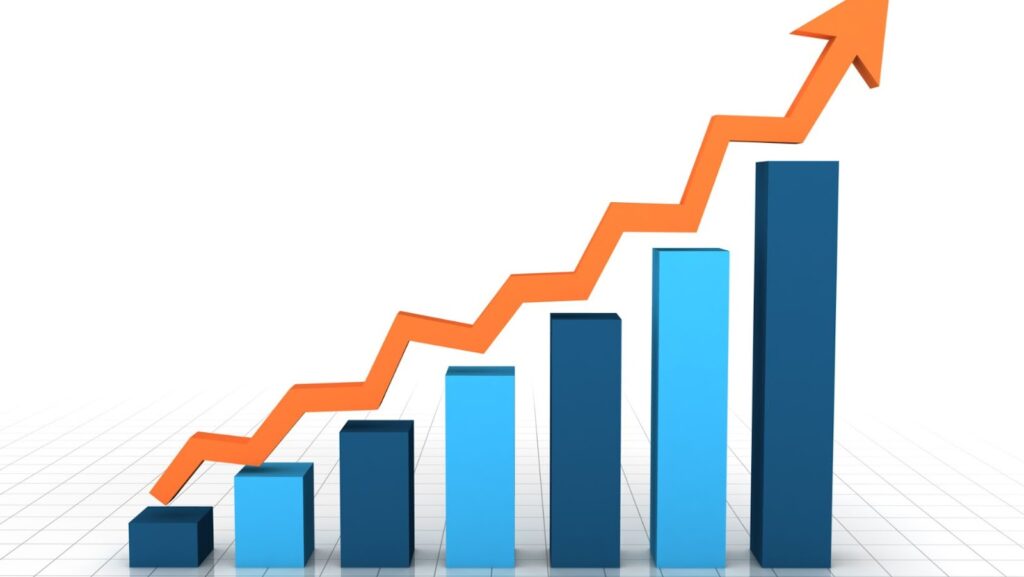Have you ever looked at a graph and wondered what each element represents? Well, you’re not alone. Graphs can be a powerful tool for visualizing data, but understanding what each component means is crucial for accurate interpretation. In this article, I’ll be focusing on one specific element: the green arrow. So, if you’ve ever found yourself asking, “On this graph, what does the green arrow represent?” – you’ve come to the right place. Let’s dive in and uncover the meaning behind this intriguing symbol.
On this Graph, What Does the Green Arrow Represent?
Graphs are powerful tools that help visualize data and convey important information. Whether you’re analyzing trends, comparing data points, or making predictions, graphs provide a clear and concise way to represent complex data sets. In order to fully understand a graph, it’s important to familiarize yourself with its different elements, including the green arrow.
Axes – The axes of a graph serve as the framework on which the data is plotted. The horizontal axis, also known as the x-axis, typically represents the independent variable, while the vertical axis, or y-axis, represents the dependent variable. These axes provide a reference point for interpreting the data points on the graph.
Data Points – Data points are individual values on a graph that represent specific measurements or observations. These points are plotted on the graph based on their corresponding x and y coordinates. Each data point contributes to the overall shape and pattern of the graph.
Line or Curve – The line or curve on a graph connects the data points, revealing the overall trend or pattern in the data. It provides a visual representation of how the dependent variable changes in response to changes in the independent variable. This allows us to identify relationships, such as positive or negative correlations, or the presence of nonlinear patterns.
Legend – The legend on a graph provides additional information about the different elements or variables being represented. It helps to differentiate between different data sets, colors, or symbols used on the graph. The legend allows readers to easily understand the meaning behind each representation.
Green Arrow – Now, let’s focus on the green arrow. In a graph, the green arrow is used as a visual indicator for a specific data point or trend. It helps draw attention to a particular point or highlight an important finding. The presence of a green arrow conveys a significant observation or noteworthy result that should be noted and analyzed further.
The Importance of Graph Symbols and Indicators
What Does the Green Arrow Represent?
When analyzing a graph, it’s essential to understand the meaning behind the various symbols and indicators used. One such symbol that often appears on graphs is the green arrow. The presence of a green arrow serves as a visual cue, directing our attention to a specific data point or highlighting an important trend.
The green arrow represents a significant finding or an exceptional data point within the graph. It can indicate a sudden increase or decrease, a critical turning point, or an outlier within the data set. This symbol is used to draw attention to a particular point that is worth further investigation or analysis.
Analyzing the Meaning of the Green Arrow
To accurately interpret a graph and understand the meaning of the green arrow, it’s crucial to consider the context and the data represented. Here are a few steps to guide you in analyzing the significance of the green arrow:
- Identify the variables: Start by understanding the variables represented on the graph’s axes. Determine what each axis represents, such as time, quantity, or any other relevant measurement.
- Examine the data points: Look closely at the data points plotted on the graph. Compare their positions relative to the green arrow. Are there any notable patterns, trends, or deviations?
- Consider the legend: Check the legend or any accompanying information that explains the graph. Look for any specific mention of the green arrow and its significance.
- Evaluate the surrounding data: Analyze the data points and trends surrounding the green arrow. Are there any other points that support or contrast with the highlighted data? Understanding the overall context will help you draw accurate conclusions about the green arrow’s meaning.
Remember, interpreting a graph requires careful analysis and consideration of the entire dataset. While the green arrow may draw attention to a specific point, it’s essential to take into account the broader picture to gain a comprehensive understanding of the data represented.
